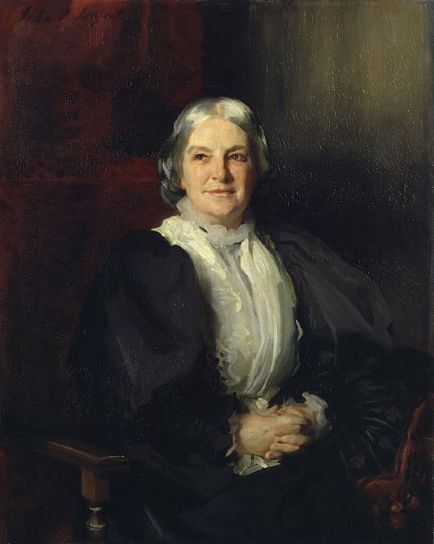Lesbian Visibility Week
Sapphic women who changed the world

Ma Rainey
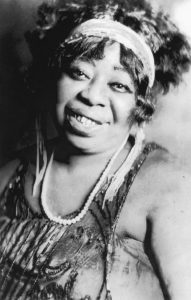
In 1925 she was busted for hosting an “orgy” of all female guests. The ladies had been drinking and were apparently making so much noise that the neighbours called the police, who arrived just as the part was getting “intimate”…
Ma Rainey – PROVE IT ON ME BLUES (1928)
“I went out last night with a crowd of my friends,
It must’ve been women, ’cause I don’t like no men.
Wear my clothes just like a fan,
Talk to the gals just like any old man.”
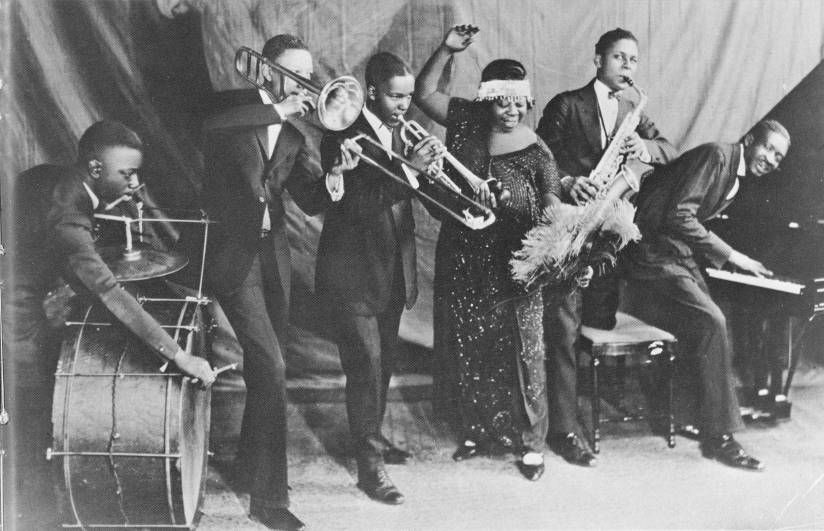
To discover a bit more take a look at MA RAINEY’S BLACK BOTTOM on Netflix
Queen Christina of Sweden

Born in 1626, Queen Christina of Sweden was known for being ‘trouble’. Following the death of her father, King Gustav II Adolf, Queen Christina claimed the throne at the age of 18.
Ruling for 10 years she abdicated her position as ruler of Sweden in favor of her cousin, Charles X Gustav – giving the reason that she didn’t want to marry.
Queen Christina of Sweden was known to have a number of female lovers and it is believed that she had an affair with the Countess Ebba Sparre, whom she called ‘Belle’ and described as her ‘bed-fellow.’
Queen Christina of Sweden became the inspiration for Mika Kaurismäki’s THE GIRL KING which was released by Peccadillo Pictures in 2016.
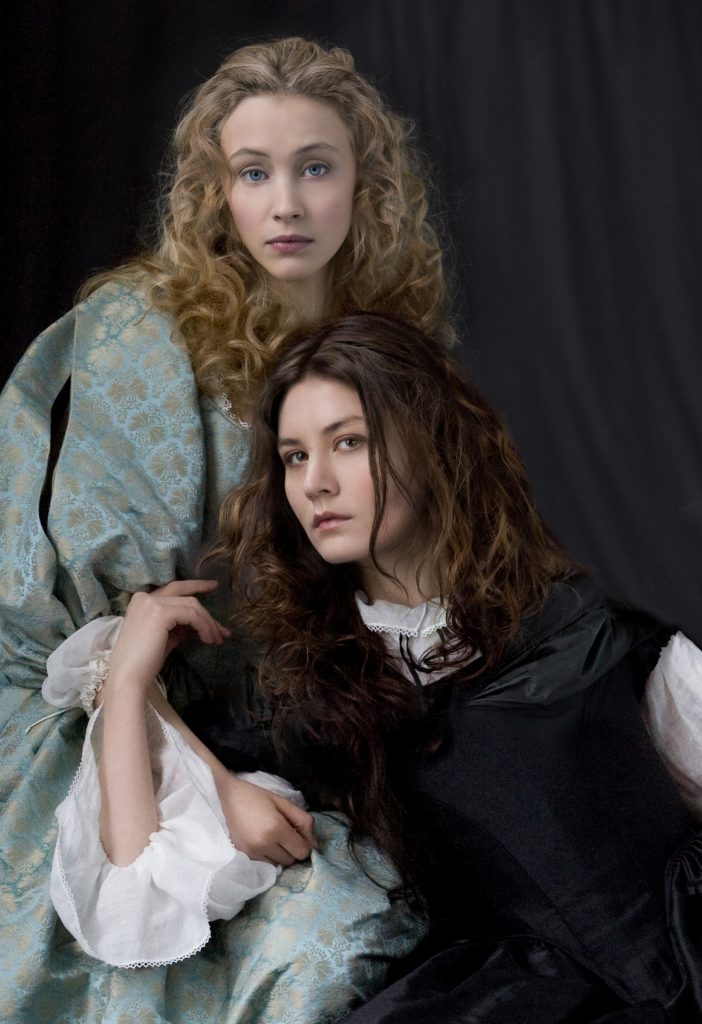
Stormé DeLarverie

“It Wasn’t No Damn Riot”
Stormé DeLarverie
In the early morning hours of June 28, 1969 a police raid was conducted at the Stonewall Inn, Greenwich Village NYC. Stormé DeLarverie was arrested that night after a scuffle with the police. It is said that this scuffle ignited the spark that was the Stonewall riots.
Born in 1920 in New Orleans DeLarverie performed as a drag king, becoming well known in the queer circuit. From 1955 to 1969 she toured as the MC (and only drag king) of the Jewel Box Revue, North America’s first racially integrated drag revue.
A prominent LGBTQ+ activist DeLarverie was a key figure in the Gay Liberation. When discussing the Stonewall movement she said “It was a rebellion, it was an uprising, it was a civil rights disobedience – it wasn’t no damn riot.”
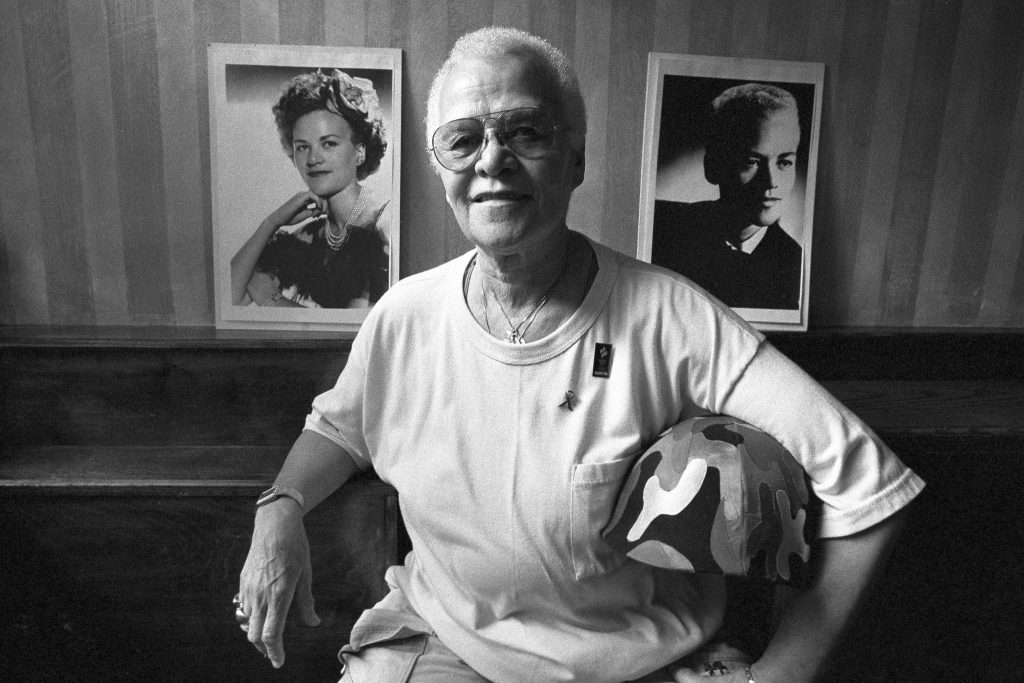
Lili Elbe and Gerda Wegener
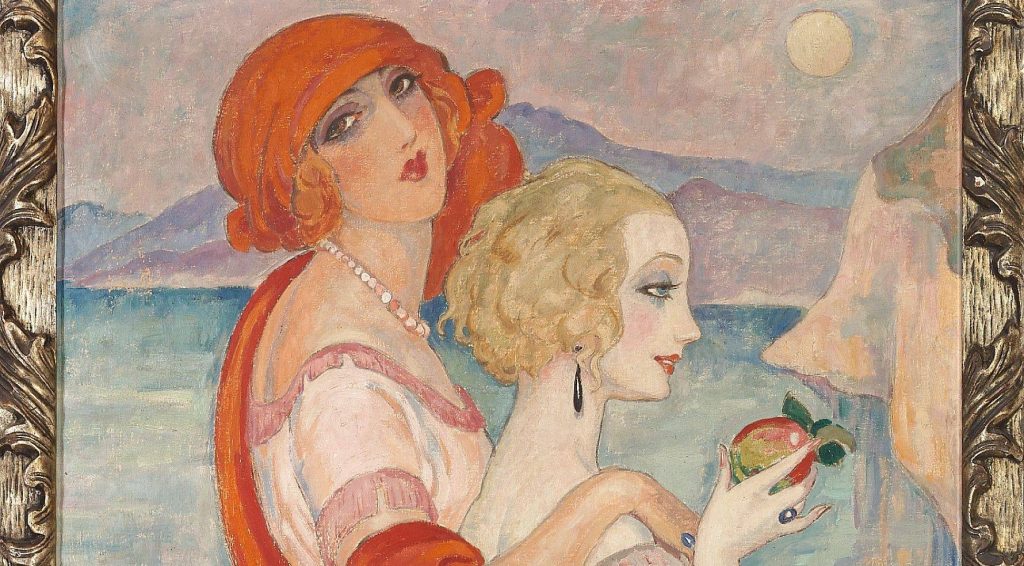
Lili Elbe (born Einar Wegener) and Gerda Wegener were Danish painters in the early part of the 20th century, Gerda and Einar met in art school and married in 1904.
Lili was an exceptional landscape artist and Gerda was known for her illustrations and paintings showing women displaying seductive power or engaging in sexual activities. In her art Gerda challenged gender and sex identity roles, her work was deemed risqué and was considered ‘lesbian erotica’.
Lili Elbe was born when Gerda asked Einar to pose in women’s clothing for one of her paintings, Lili went on to become a favorite subject of Gerda’s. The pair fled Denmark, when it was discovered that Gerda’s paintings of a young woman were actually based on her Husband. They arrived in Paris in 1912, it was in Paris that they both began to live authentically – Lili as a woman and Gerda was able to explore her sexuality.
Lili Elbe became one of the first trans women to receive sexual reassignment surgery. In 1930 Elbe went to Magnus Hirschfeld’s Institute for Sexual Science in Germany for surgery. A series of five operations were carried out, however Lili died in 1931, due to complications three months after her fifth operation. The Lili Elbe Digital Archive went public in 2019, to commemorate the 100th anniversary of the founding of Magnus Hirschfeld’s Institute for Sexual Science.
Learn more about the archive: http://www.lilielbe.org/about/index.html
The pair became the inspiration for the book and later film, The Danish Girl.
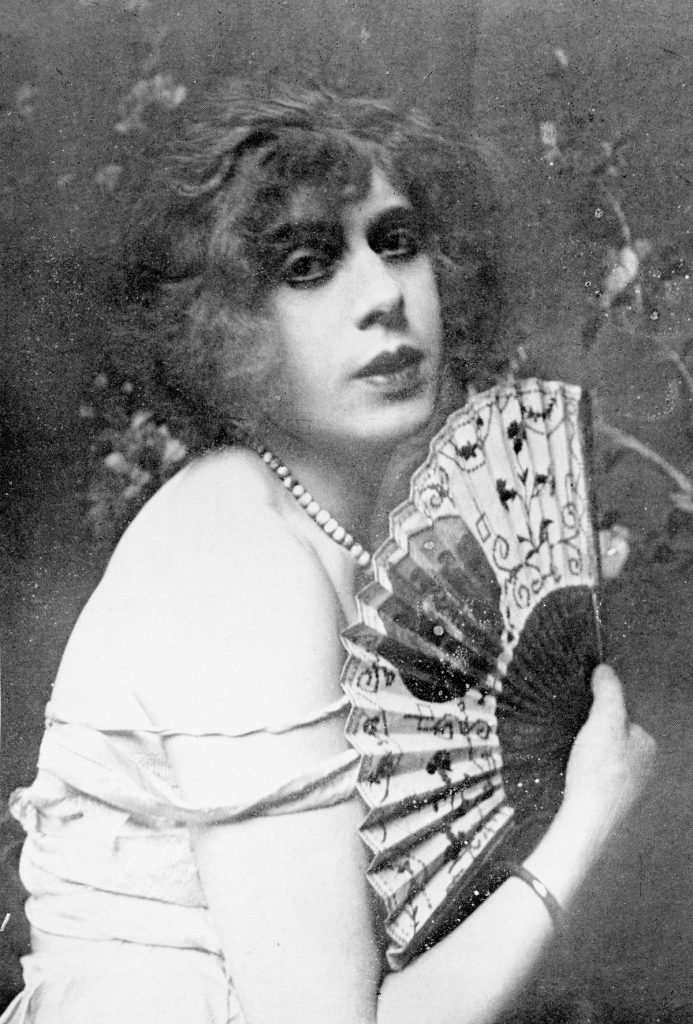
Gladys Bentley
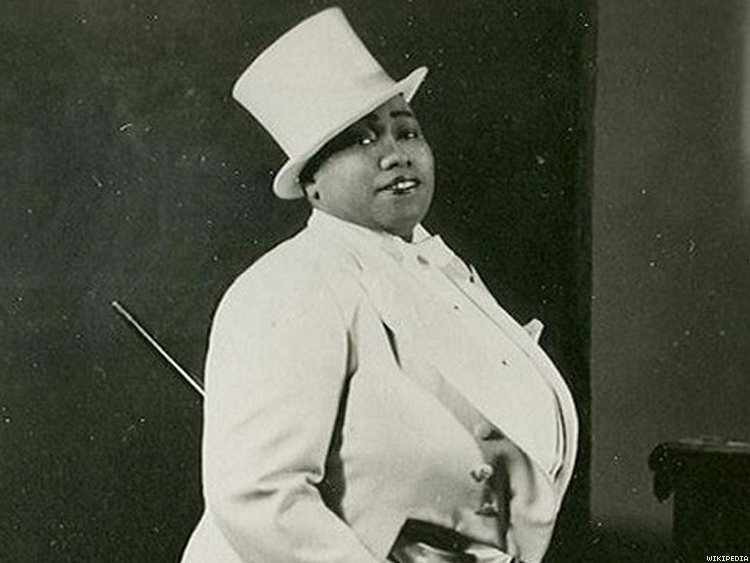
Born in Philadelphia in 1907, Gladys Bentley was a blues singer popular during the Harlem Renaissance, where she headlined at The Cotton Club and The Clam House. Gladys became known for her gravelly voice, men’s clothing and her tendency to flirt shamelessly with women in the audience. On stage she took popular songs of the time – like ‘Sweet Georgia Brown’ or ‘Alice Blue Gown’ – and added suggestive lyrics however these lyrics did not make it onto her records. In 1931 Bentley publicly married J. T. Gipson in a civil partnership decades prior to the legalisation of Gay marriage in the USA.
Gladys Bentley features in Greta Schiller’s BEFORE STONEWALL, a documentary looking at life prior to the rebellion. BEFORE STONEWALL is available to stream now on PeccadilloPOD.com
Virginia Woolf
Virginia Woolf, Letter to Ethel Smyth 1930
“It is true that I only want to show off to women. Women alone stir my imagination”
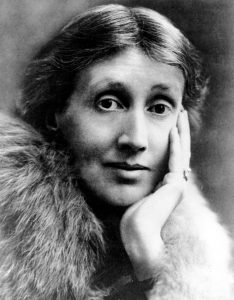
Born in 1882, Virginia Woolf was best known for her literary works having written 10 novels and numerous short stories and essays, including ‘Mrs Dalloway’ (1925) and ‘Orlando’ (1928). In the later part of the 20th Woolf’s work came under vigorous study from feminist academics and ‘superfans’ when the gay, erotic undertones were discovered.
Although married to Leonard Woolf it has come to light, through love letters, that Virginia Woolf had a passionate love affair with Vita Sackville-West, which became the basis for the film Vita & Virginia (2018). The writings suggest that the pair were both in open marriages, allowing them freedom to explore their sexuality. Woolf is now celebrated as an icon of feminist, modern literature.
You may be familiar with’ Who’s Afraid of Virgina Woolf’, but have you seen Anna Margarita Albelo’s WHO’S AFRAID OF VAGINA WOLF? The story of a filmmaker determined to write and direct an all-female remake of Who’s Afraid of Virginia Woolf.
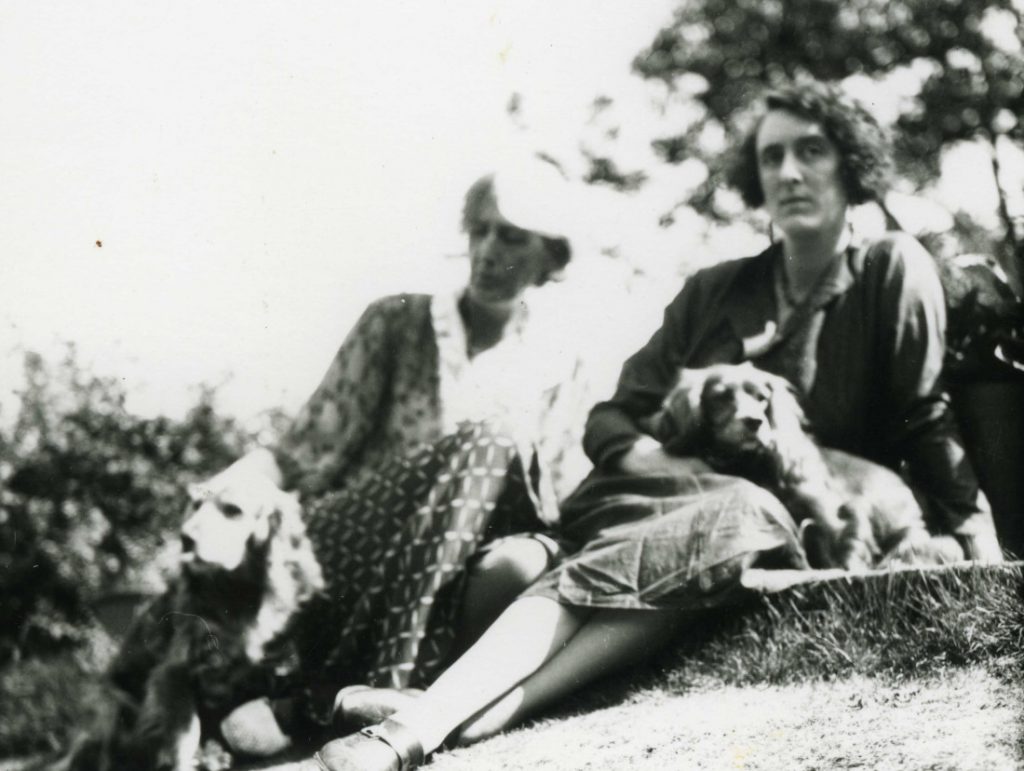
Octavia Hill
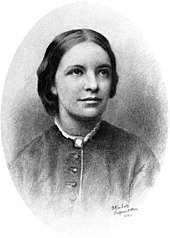
Born in 1838 Octavia Hill, co-founder of the National Trust, was one of Britain’s most important social reformers in the Victorian era.
Hill worked to improve social housing conditions, and her work on personal caserwork led to the development of modern social work that we know today. She also campaigned for more recreational, outdoor spaces in inner-city London and coined the term ‘The green belt’.
Octavia Hill was known to have a number of intimate relationships with women including one of the first female doctors Sophia Jex-Blake. Hill found a long-term ‘companion’ in Harriet Yorke with whom she had a close relationship for 30 years until her death in 1912. Octavia and Harriet are buried together in Kent.
Why not explore one of the many LGBTQ+ friendly National Trust sites?
